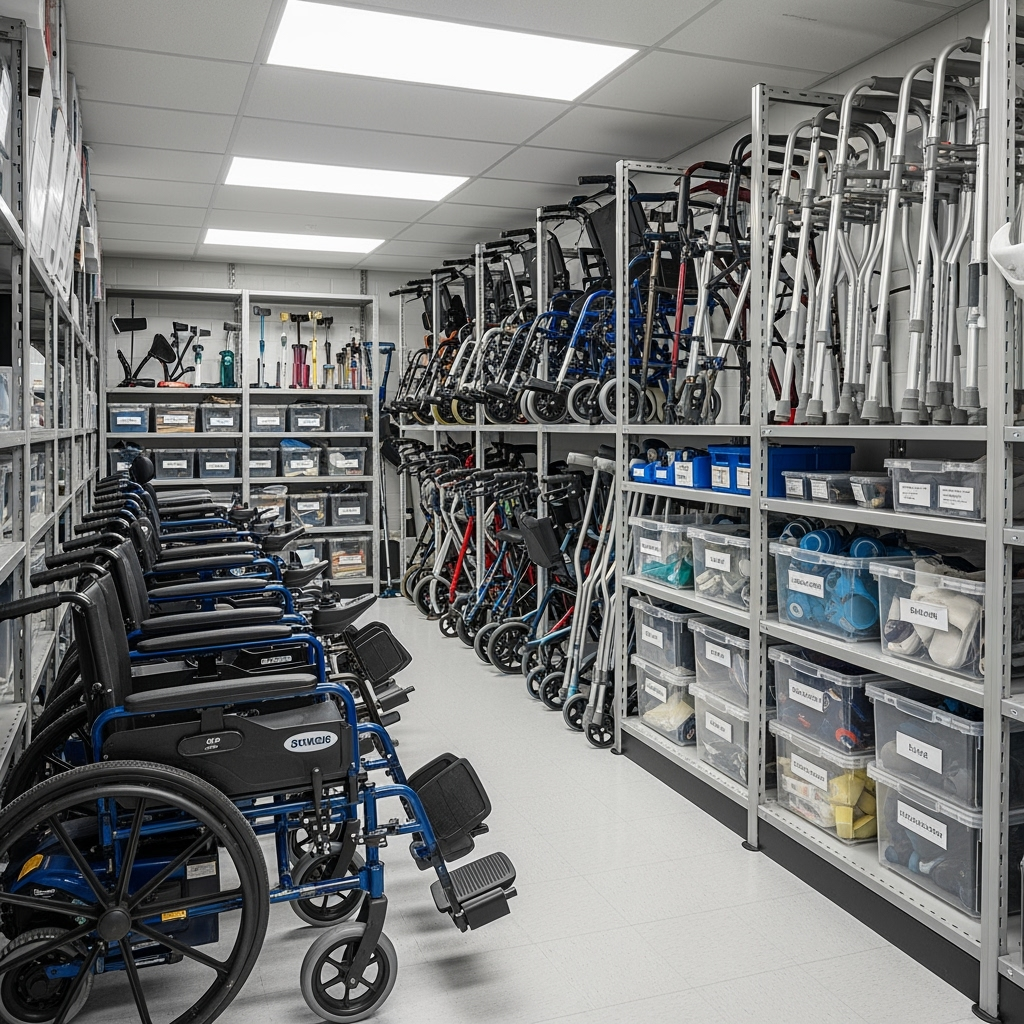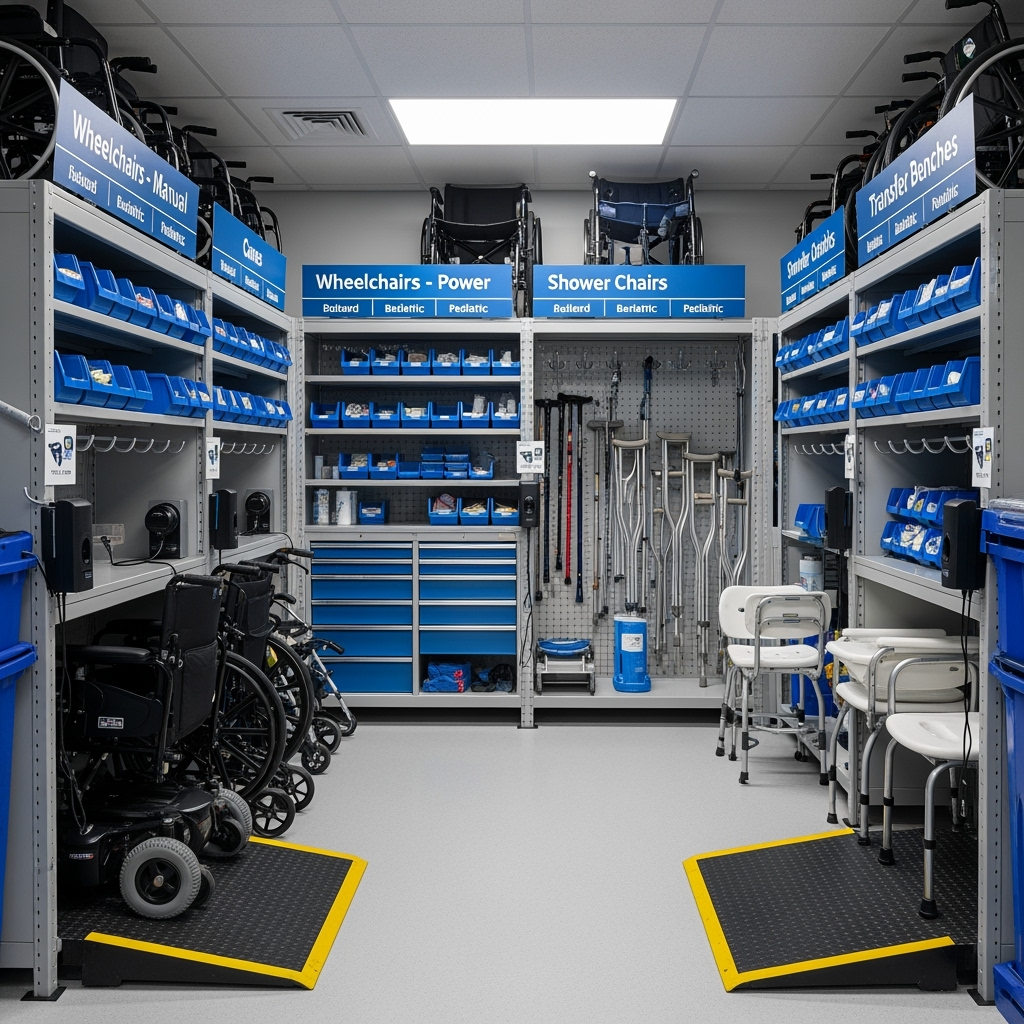Accessibility Equipment Storage: Essential Guide to Managing Medical Devices During Transitions

Managing accessibility equipment during transitions can be challenging, but with proper planning and organization, you can ensure your essential medical devices and mobility aids remain safe, accessible, and well-maintained. This comprehensive guide will help you navigate the storage of accessibility equipment while maintaining independence and peace of mind.
Understanding Your Storage Needs
Before selecting a storage solution, consider these key factors:
- Types and sizes of equipment you need to store
- Frequency of access required
- Climate control requirements for sensitive equipment
- Accessibility needs for retrieving items
- Duration of storage needed
Climate-Controlled Storage Benefits
Many accessibility devices require specific environmental conditions to maintain their functionality and longevity. Climate-controlled storage offers:
- Protection from extreme temperatures
- Humidity control to prevent rust and degradation
- Dust-free environment for sensitive equipment
- Consistent conditions year-round

Organization Strategies for Different Equipment Types
Mobility Equipment
- Wheelchairs: Store upright with protective covers
- Walkers: Fold and secure with straps
- Canes: Use wall-mounted holders or specialized racks
- Scooters: Maintain battery charge and store in accessible location
Medical Supplies
- Use clear, labeled containers for small items
- Implement first-in, first-out rotation system
- Keep emergency supplies easily accessible
- Maintain inventory list with expiration dates
Accessibility Features to Consider
When setting up your storage space, incorporate these accessibility-friendly features:
- Wide aisles for easy navigation
- Adjustable shelving at appropriate heights
- Non-slip flooring
- Good lighting
- Clear labeling systems
- Easy-open containers and doors
Maintenance During Storage
Regular maintenance ensures your equipment remains in optimal condition:
- Schedule regular equipment checks
- Clean items before storing
- Follow manufacturer maintenance guidelines
- Document any repairs or replacements needed
- Keep maintenance records accessible
Emergency Access Planning
Create a plan for emergency access to your stored equipment:
- Keep a detailed inventory list
- Share access information with trusted helpers
- Post emergency contact numbers
- Create clear maps or diagrams of storage layout
- Maintain backup equipment when possible
Professional Support Services
Consider utilizing these professional services:
- Equipment moving specialists
- Storage facility accessibility consultants
- Medical equipment maintenance services
- Professional organizers with accessibility experience
Tips for Temporary Storage During Transitions
When storing equipment during moves or renovations:
- Create a timeline for equipment rotation
- Keep essential items easily accessible
- Label everything clearly
- Document assembly/disassembly procedures
- Photograph equipment setups for reference
Conclusion
Proper storage of accessibility equipment is crucial for maintaining independence and quality of life during transitions. By following these guidelines and creating an organized system that works for your specific needs, you can ensure your essential equipment remains in good condition and readily available when needed.
Remember to regularly review and update your storage system as your needs change, and don’t hesitate to seek professional assistance when necessary. With proper planning and organization, you can maintain a safe and efficient storage solution for all your accessibility equipment.










Leave a Reply